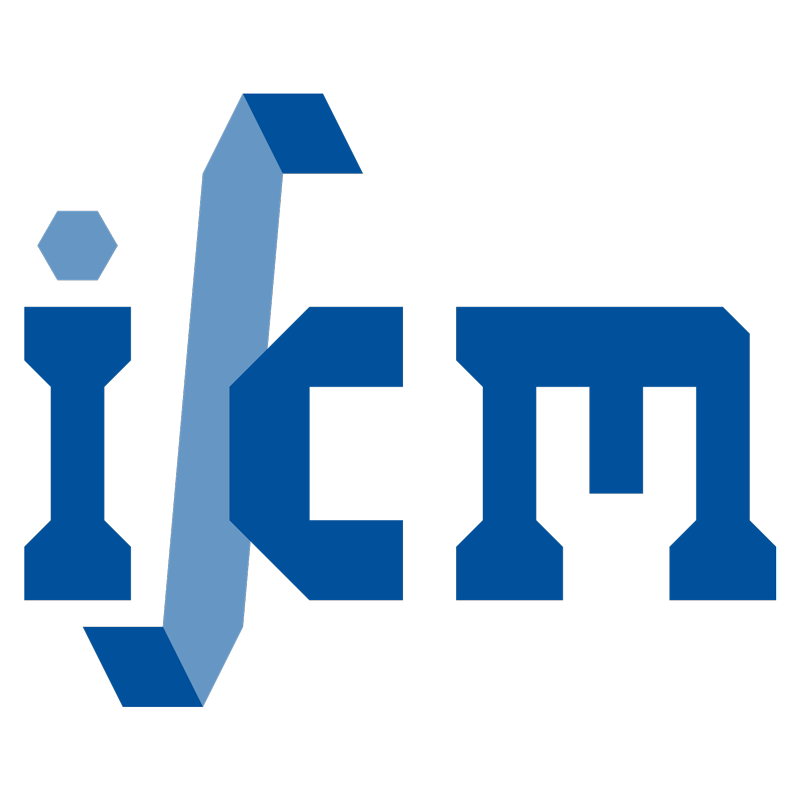Contact person
When designing structures or products, a balance must be found between safety, economy and functionality by considering both external factors such as loads and internal factors such as material properties, geometry and deformations. Optimizing the design requires explicit consideration of the change in material properties in response to external factors. This enables a better understanding, prediction and therefore prevention of structural failure, which usually starts with local defects such as cracks and voids before full failure occurs.
The most common modeling approaches for damage are fracture mechanics, self-erosion, phase field and damage modeling, each of which has its appropriate use case. Damage processes are modeled by a softening behavior that loses stiffness in the stress-strain diagram, resulting in a non-convex energy and an ill-posed mathematical problem. Therefore, it is an imperative to use regularization techniques such as viscous, integral and gradient enhanced methods to obtain a well-posed problem.
The modeling approaches require one of these strategies and are often very computationally intensive, which is why we at IKM are looking for new approaches for damage modeling to reduce the numerical effort and predict material behavior of complicated structural elements. A gradient-enhanced material model was developed for which the “Neighbored Element Method (NEM)” could be derived. This enables us to perform simulations with ultra fast updates of the damage field and which are numerically stable, yielding mesh-independent results.







